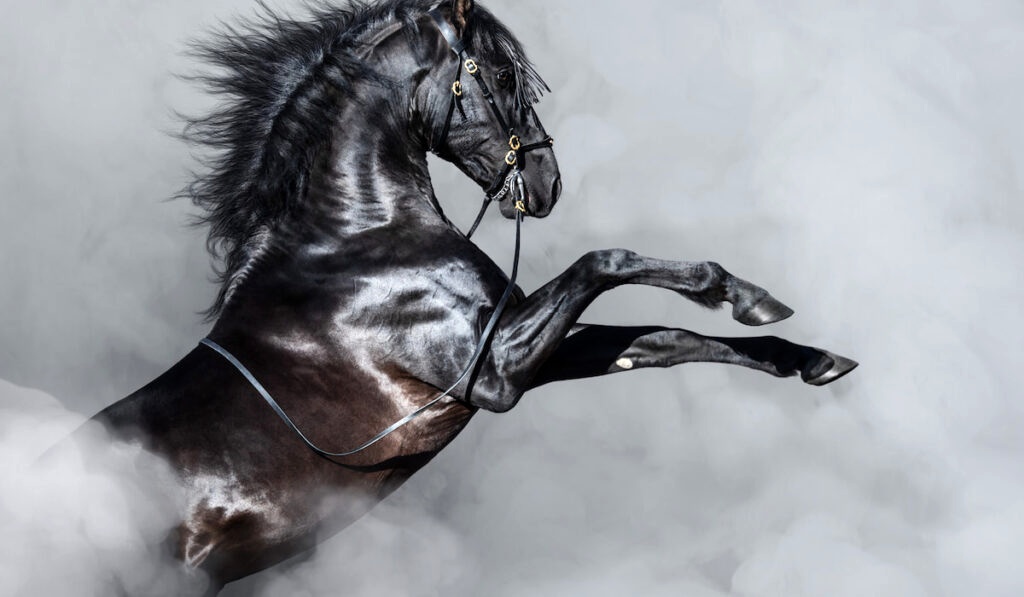Horse tripping is a common issue that many horse owners face. It can be frustrating and even dangerous if not addressed properly. Fortunately, there are ways to prevent and address this issue. In this article, we’ll go over the causes of horse tripping and the steps you can take to address it.
What is Horse Tripping?
Horse tripping is when a horse trips over its own feet while being ridden, usually due to an issue with balance. This can be dangerous for both the horse and the rider, leading to falls and injuries.
Common Causes of Horse Tripping
There are several factors that can contribute to a horse tripping. The most common causes include:
1. Poor Balance and Coordination:
Poor coordination and balance can be a major factor in horse tripping. Horses need to have good coordination and balance to avoid tripping. If a horse lacks these abilities or has been trained incorrectly, it can lead to tripping.
2. Poor Saddle Fit:
A poorly-fitted saddle can cause a horse to trip. If the saddle is too wide, too long, or too short, this can create an imbalance in the horse’s body, leading to tripping.
3. Poor Rider Position:
A rider who is not properly positioned in the saddle can cause the horse to trip. If the rider is leaning too far forward or backward, this can create an imbalance for the horse and make it more likely to trip.
4. Unfamiliar Surfaces:
Horses can trip when they encounter unfamiliar surfaces or obstacles. This is especially true if the horse is not used to the particular terrain.
5. Uneven Ground:
Uneven ground can be a major cause of horse tripping. If the ground is too soft or uneven, this can lead to a horse tripping.
Ways to Address Horse Tripping
Fortunately, there are steps you can take to address and prevent horse tripping. Here are some tips to consider:
1. Improve Balance and Coordination:
Improving the horse’s balance and coordination is essential for preventing horse tripping. To do this, you can work with your horse on exercises such as lunging, hill work, and ground poles.
2. Get the Right Saddle Fit:
Making sure the saddle fits your horse properly is key for avoiding tripping. Have a professional saddle fitter come out to measure and fit your horse’s saddle.
3. Improve Your Position:
Riders need to have good posture and balance in the saddle to prevent horse tripping. Make sure you’re sitting up straight and not leaning too far forward or backward.
4. Get Used to the Terrain:
If your horse is not used to a particular terrain or obstacle, take the time to get it used to it. Start slow and gradually increase the difficulty until your horse is comfortable with the terrain.
5. Avoid Uneven Ground:
Where possible, avoid uneven ground. This can be a major cause of horse tripping. If the ground is too soft or uneven, try to find a different route.
Conclusion
Horse tripping can be a frustrating and dangerous issue. Fortunately, there are steps you can take to address and prevent horse tripping. By improving the horse’s balance and coordination, ensuring the saddle fits properly, improving your position, getting used to the terrain, and avoiding uneven ground, you can help your horse avoid tripping.

